Following up on their webinar on functional safety in FPGA-based designs, Synopsys have now published a white paper expanding on some of those topics. For those who didn’t get a chance to see the webinar this blog follows the white paper flow and is similar but not identical to my webinar blog, particularly around differences between… Read More
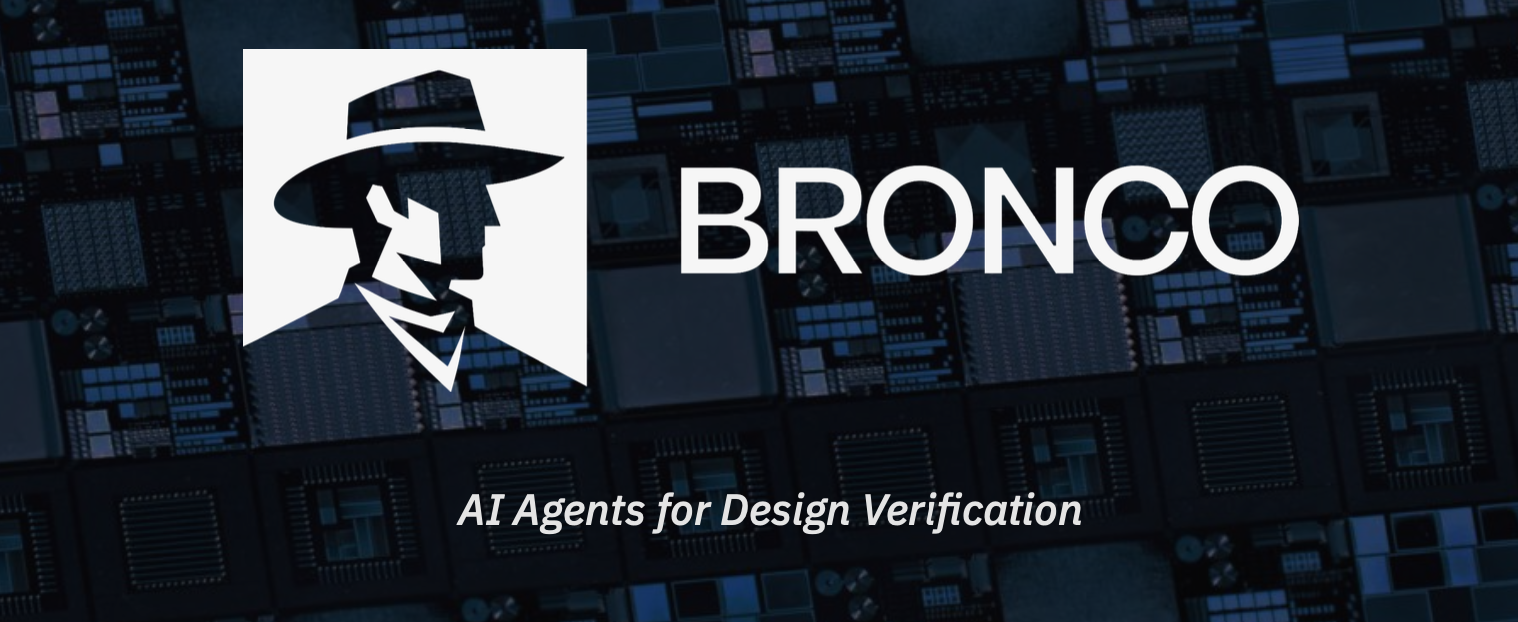 Superhuman AI for Design Verification, Delivered at ScaleThere is a new breed of EDA emerging.…Read More
Superhuman AI for Design Verification, Delivered at ScaleThere is a new breed of EDA emerging.…Read More The Quantum Threat: Why Industrial Control Systems Must Be Ready and How PQShield Is Leading the DefenseIndustrial control systems (ICS) underpin the world’s most…Read More
The Quantum Threat: Why Industrial Control Systems Must Be Ready and How PQShield Is Leading the DefenseIndustrial control systems (ICS) underpin the world’s most…Read More Radio Frequency Integrated Circuits (RFICs) Generated by AI Based Design AutomationBy Jason Liu, RFIC-GPT Inc. Radio frequency integrated…Read More
Radio Frequency Integrated Circuits (RFICs) Generated by AI Based Design AutomationBy Jason Liu, RFIC-GPT Inc. Radio frequency integrated…Read More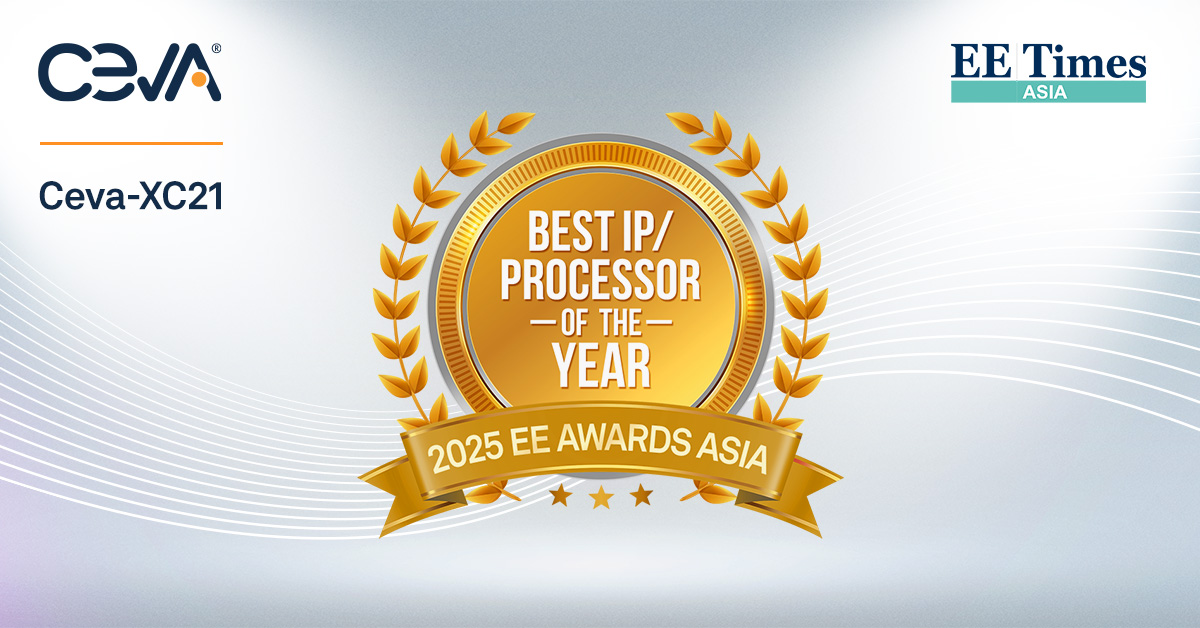 Ceva-XC21 Crowned "Best IP/Processor of the Year"In a resounding affirmation of innovation in semiconductor…Read More
Ceva-XC21 Crowned "Best IP/Processor of the Year"In a resounding affirmation of innovation in semiconductor…Read MoreWebinar Alert: High Bandwidth Memory ASIC SiPs for HPC and Networking Applications
Calling all ASIC designers working on High-Bandwidth Memory (HBM) access architectures in high-performance computing (HPC), networking, deep learning, virtual reality, gaming, cloud computing and data center applications. You won’t want to miss this upcoming webinar focused on system integration aspects of a HBM2 ASIC… Read More
HBM offers SOC’s dense and fast memory options
Dual in-line memory modules (DIMM’s ) with double data rate synchronous dynamic random access memory (DDR SDRAM) have been around since before we were worried about Y2K. Over the intervening years this format for provisioning memory has evolved from supporting DDR around 1995, to DDR1 in 2000, DDR2 in 2003, DDR4 in 2007 and DDR4… Read More
Extraction Features for 7nm
Frequent Semiwiki readers are familiar with the importance of close collaboration between the foundries and EDA tool developers, to provide the crucial features required by new process nodes. Perhaps the best illustration of the significance of this collaboration is the technical evolution of layout parasitic extraction.… Read More
Big Data and Power Integrity: Drilling Down
I’ve written before about how Ansys applies big data analytics and elastic compute in support of power integrity and other types of analysis. A good example of the need follows this reasoning: Advanced designs today require advanced semiconductor processes – 16nm and below. Designs at these processes run at low voltages, much… Read More
Tuning in to Tesla Radio
The rumor is spreading far and wide that Tesla Motors’ CEO Elon Musk is talking with major record labels about creating a streaming audio service dedicated to Tesla vehicles. The widespread industry reaction is head scratching and eye rolling at what is seen as the latest chapter in the Musk follies – Solar City, Model 3, Autopilot,… Read More
Why I remain optimistic about Tesla
Tesla’s stock price recently took a hit because of concerns about its delivery capabilities and about increasing competition from carmakers who are switching their product lines to electric. With a market cap still exceeding $50 billion, it can be easy to argue that Tesla’s price remains severely inflated, especially when you… Read More
SiFive RISC-V and the Future of Computing!
Having started my career during the mini computer revolution it has been an incredible journey from using computers that consumed entire rooms – to the desktop – and now we have supercomputers in our pockets. It makes me chuckle when I hear people complaining about their smartphones when they should be jumping up and… Read More
Smart Speakers: The Next Big Thing, Right Now
There are many “next big thing” possibilities these days in tech but mostly behind the scenes; few are front and center for us as consumers. That is until smart speakers started taking off, led by Amazon Echo/Dot and Google Home. The intriguing thing about this technology is our ability to control stuff without needing to type/tap/click… Read More
Five Challenges to IoT Analytics Success
The Internet of Things (IoT) is an ecosystem of ever-increasing complexity; it’s the next wave of innovation that will humanize every object in our life. IoT is bringing more and more devices (things) into the digital fold every day, which will likely make IoT a multi-trillion dollars’ industry in the near future. To understand… Read More




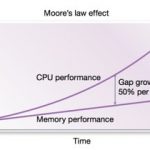
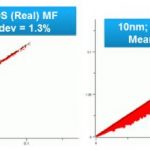
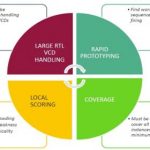
The Quantum Threat: Why Industrial Control Systems Must Be Ready and How PQShield Is Leading the Defense